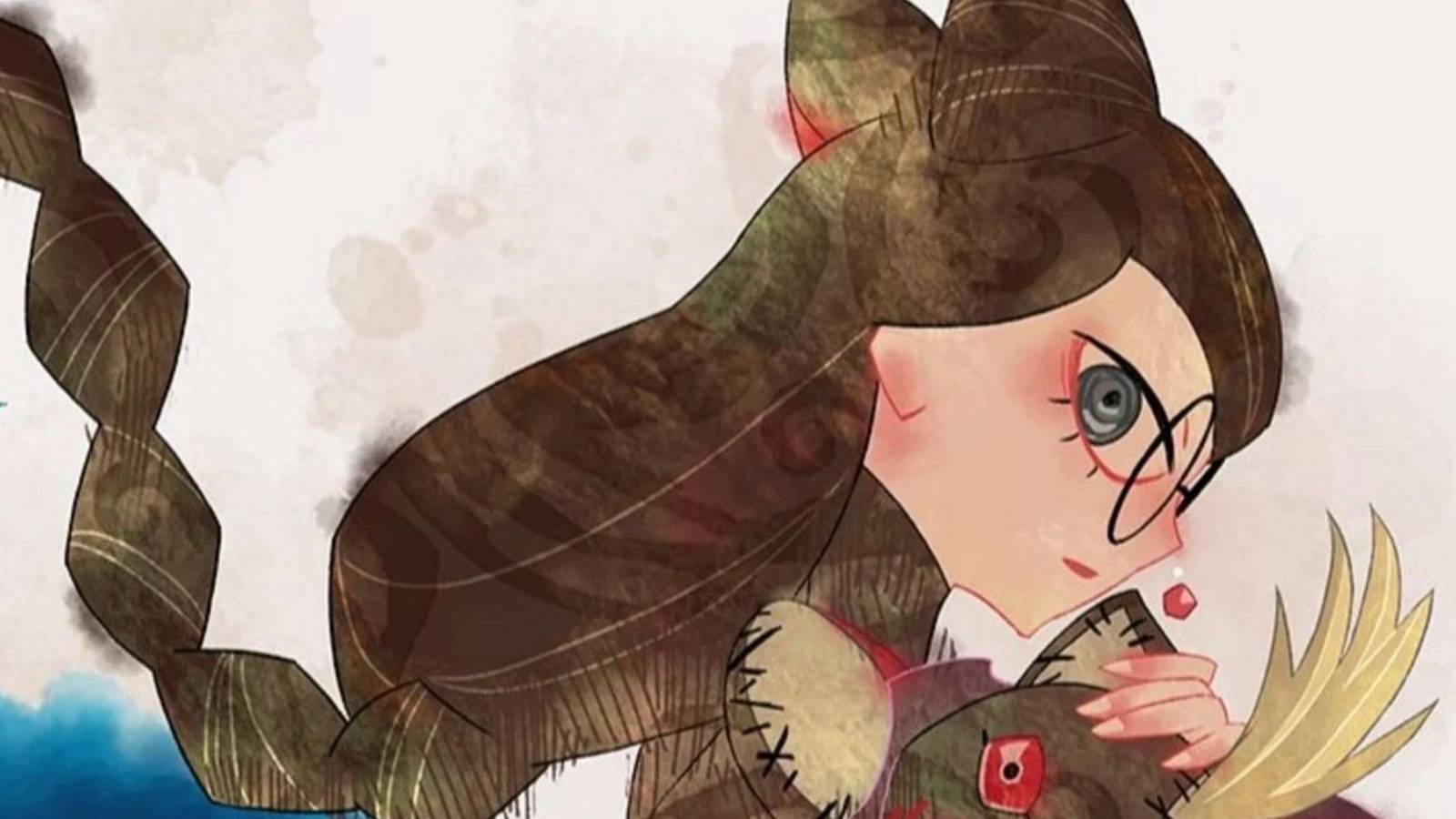IbizaPocholo
NeoGAFs Kent Brockman

Bayonetta Origins Director Wants To Expand The Game Into A New Series
The director also discusses the core inspirations behind the visual aesthetic and dual motion mechanics.
In a new interview with Famitsu, Platinum Games VP Hideki Kamiya says that he would like to expand the recent Bayonetta Origins into a new series and develop more games with the same picture-book worldview. He is also currently planning the sequel with Bayonetta Origins game director Abebe Tinari, but he hasn't talked to Nintendo about the proposal yet.
The interview also allows us to appreciate the gentle worldview that went into this particular Bayonetta entry from a new perspective. For example, the Japanese text includes furigana for all the difficult kanji words so that young children can enjoy the game as much as adults, and because all picture books in Japan have furigana as well.Kamiya: If I may speak freely, I would like to expand the world of this work as a new series. Preparations are underway, and I have talked with Tinari about "things we want to do". ...But we haven't discussed it with Nintendo yet..."
Furigana is a special way of writing Japanese words (usually written in complex drawings called Kanji) with phonetic letters to make them easier for young children to read and understand. It's like having an adult write the big, difficult words in smaller letters right next to them so you know how to say them out loud. This way, children and beginner Japanese learners can enjoy stories and books even if they don't know all the difficult words or kanji.
Director Tinari also comments on his choice for the 'Remembrances' collectibles mechanic (which our Joshua Furr couldn't help but fall in love with). He said that since the original motif of the game was a picture-book, he wanted the players to experience making another picture book through their adventures. The concept later evolved to permeate every aspect of the game, even the user interface and map display.
The director also sheds light on the inspiration behind the dual motion control scheme between Cereza and Cheshir, saying it was inspired by the alternating actions of making mochi (Japanese glutinous rice cake), as well as the western knife-and-fork style of eating.
To give the mochi its elastic feel, two people alternate between pounding the cake (called mochitsuki) and flipping the cake after pounding (called mochi kaesu). Although they are working together, the movements themselves are alternating, so they are not exactly moving at the same time. Of course, the person who doesn't remove his hand in time after flipping the mochi will have his hand turned into a mochi from the next pounding so they have to act fast.
The same thing happens when you eat with a knife and fork. In the knife-and-fork style, the hand holding the fork holds the meat, and the other hand holding the knife cuts the meat with a jerky motion. Both hands are moving at the same time, but the hand holding the fork is stationary and the hand holding the knife moves.
A human being can handle this much simultaneous manipulation without confusion, and this philosophy gave birth to this unique dual gameplay style (it also feels relatable to a child whose worldview is still centered on learning to eat and walk).
